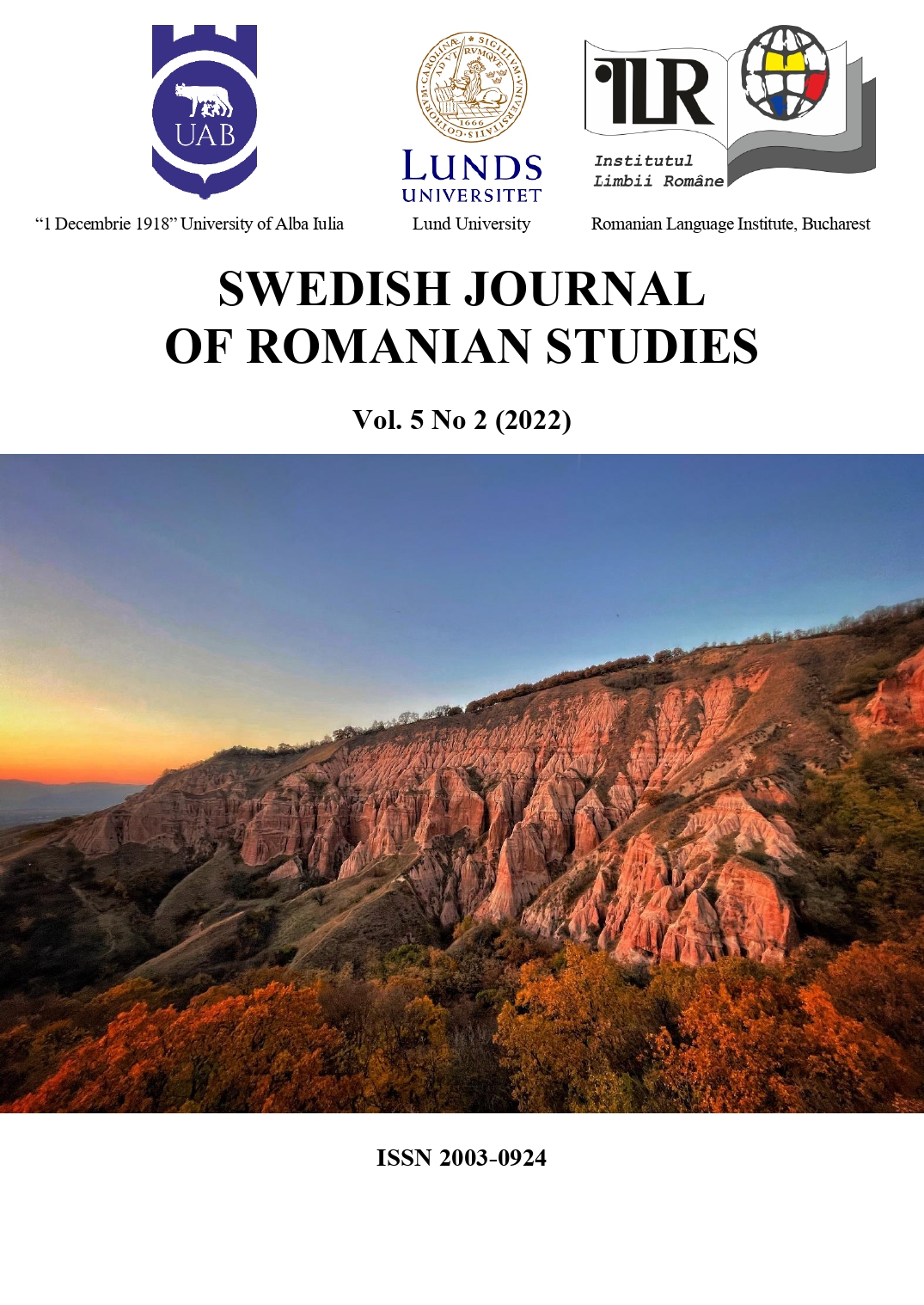Parergonality, paratranslation, and text-as-house imagery: six Romanian-language editions of Oscar Wilde’s fairy-tales
Parergonality, paratranslation, and text-as-house imagery: six Romanian-language editions of Oscar Wilde’s fairy-tales
Author(s): Daniela HăisanSubject(s): Translation Studies, Theory of Literature, British Literature
Published by: Språk- och litteraturcentrum, Lunds Universitet
Keywords: parergon/ paratext; (para)translation; Oscar Wilde; (sub)liminality; discourse; translator’s visibility/ voice;
Summary/Abstract: This paper focuses on the mediating role paratexts perform in the transmission of a text from one culture to another. Our case in point is a series of (re)translations of Oscar Wilde’s fairy tales into Romanian (published between 1911 and 2018), with their respective allographic paratextuality (prefaces, postfaces, translator’s foreword, introduction, glossaries, author biographies, dedications etc.). The paratexts are examined with a view to distinguishing between those which allocate authority to the translated text and those which undermine it. Architectural metaphorics will be resorted to, for a better illustration of the relation between text and paratext. If, according to Kant (1987[1781]), pareregon is to ergon what columns are to buildings, and if, when it comes to books, parergon is a (near-)synonym for paratext, the text-as-house imagery proposed here is meant to encapsulate the way books assemble their (para)textual contents for the reading public.
Journal: Swedish Journal of Romanian Studies
- Issue Year: 5/2022
- Issue No: 2
- Page Range: 137-156
- Page Count: 20
- Language: English

